Booting from a USB drive is a valuable skill, enabling users to run operating systems, utilities, and diagnostic tools directly from portable media. This comprehensive guide will take you through everything you need to know about creating and using bootable USB drives across different operating systems.
What is Booting from USB?
Booting from USB allows a computer to start up and run software stored on a USB drive rather than its internal hard drive. This method is commonly used for installing new operating systems, running live versions of operating systems, and troubleshooting.
Preparing a Bootable USB Drive
Creating a bootable USB drive involves selecting the right USB drive, choosing an OS or tool, and using software to make the USB drive bootable.
Choosing the Right USB Drive
Any USB drive can be made bootable, but for best results, use a drive with at least 8GB of storage and USB 3.0 or higher compatibility for faster data transfer rates.
Formatting Your USB Drive
Formatting your USB drive correctly is crucial. For most scenarios, FAT32 is recommended due to its compatibility across Windows, Mac, and Linux. However, NTFS might be necessary for files over 4GB or for specific Windows installation requirements.
Creating Bootable USB Media
Various tools can create bootable USB drives, such as Rufus for Windows, DiskMaker X for Mac, and UNetbootin for Linux. These tools simplify the process, allowing users to select the desired ISO file and prepare the USB drive with a few clicks.
How to Boot from USB on Windows 10 and Windows 11
Booting from a USB drive in Windows 10 and Windows 11 is a straightforward process, but it requires a bit of preparation and understanding of your computer’s boot process.
Step 1: Prepare Your Bootable USB Drive
Before you attempt to boot from USB, you need a bootable USB drive. This could be a drive with a Windows installation media, a recovery tool, or a different operating system. If you haven’t already created one, you can use tools like Rufus or the Windows Media Creation Tool to prepare your USB drive. Ensure your USB drive is inserted into your computer before proceeding.
Step 2: Access the Boot Menu or BIOS/UEFI Settings
To boot from USB, you need to tell your computer to start from the USB drive instead of the internal hard drive or SSD. This is done through the Boot Menu or the BIOS/UEFI settings.
- For the Boot Menu: Restart your computer. As soon as the screen goes black, repeatedly press the key that opens the boot menu. This key varies by manufacturer but is often F12, F9, F11, or Esc. If successful, you’ll see a boot menu that lets you select a boot device.
- For BIOS/UEFI Settings: If you can’t access a boot menu or prefer to set the USB drive as a permanent option, enter the BIOS/UEFI settings. Restart your computer and press the key for BIOS/UEFI, often Delete, F2, or F10, as the computer starts. Navigate to the Boot section.
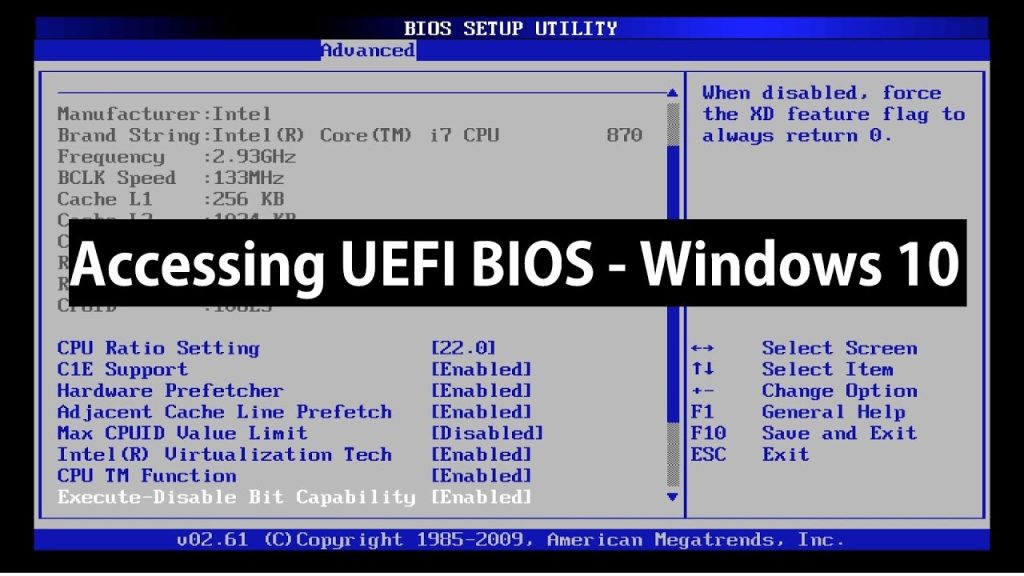
Step 3: Select Your USB Drive
- In the Boot Menu: Use the arrow keys to navigate to your USB drive. It may be listed under a name like “USB Storage Device,” “Removable Drive,” or the brand name of your USB. Press Enter to select it.
- In BIOS/UEFI Settings: Find the boot order or boot priority settings. Use the instructions (often listed on the side or bottom of the screen) to change the boot order, placing your USB drive at the top. Save your changes and exit. Your computer will restart.
Step 4: Boot from the USB Drive
Once you’ve selected your USB drive from the Boot Menu or set it as the primary boot device in BIOS/UEFI settings, your computer will attempt to boot from the USB drive. This process may take a few moments, and you may see a prompt to press a key to continue booting from the USB device—do so if required.
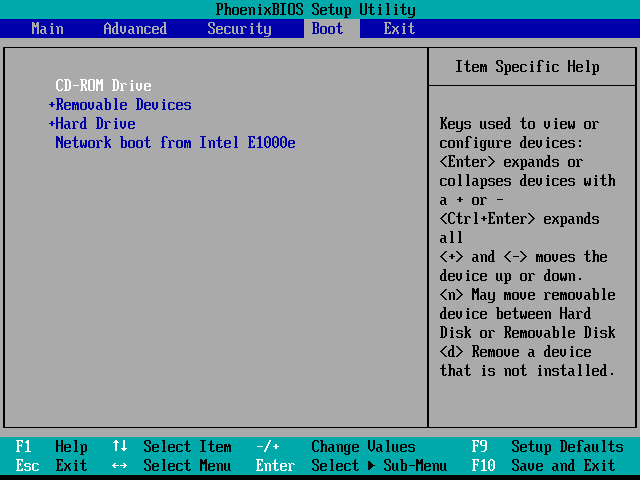
How to Boot from USB on Mac
Booting your Mac from a USB drive is a useful technique for troubleshooting issues, installing a new operating system, or running a live OS. Unlike Windows, Mac computers use a different boot process, but it’s just as straightforward once you know the steps.
Step 1: Prepare Your Bootable USB Drive
Before attempting to boot from a USB on your Mac, you need a bootable USB drive. This could be an installer for macOS, a live Linux system, or any other bootable utility designed for Macs. Use tools like Disk Utility or third-party applications to create your bootable USB drive. Ensure it’s formatted correctly, typically using a GUID Partition Map and Mac OS Extended (Journaled) format, unless otherwise specified by the tool or OS you’re installing.
Step 2: Insert the USB Drive
With your Mac turned off, insert the bootable USB drive into a USB port. For Macs with multiple USB ports, any port should work, but it’s generally best to use one directly on the computer rather than through a hub for booting purposes.
Step 3: Access the Startup Manager
To boot from the USB drive, you need to access the Startup Manager, which lets you choose a boot device. Turn on your Mac and immediately press and hold the Option (⌥) key on your keyboard. Release the key when you see the Startup Manager window, which displays all bootable devices connected to your Mac.
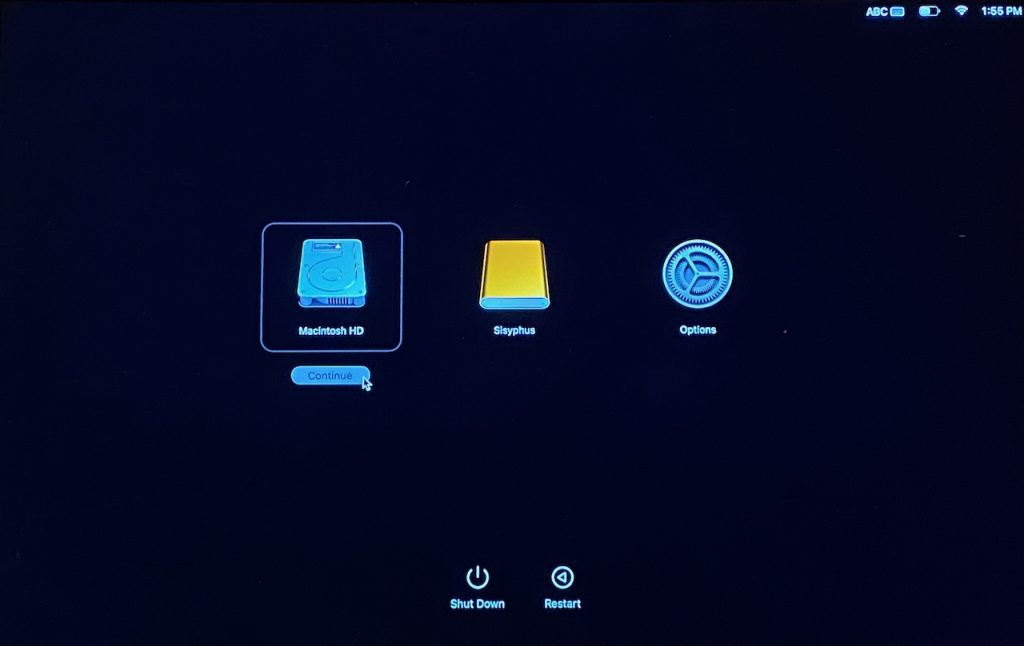
Step 4: Select Your USB Drive
In the Startup Manager, you’ll see icons for all bootable devices. Use your keyboard’s arrow keys or your mouse to select the USB drive. It may be labeled something like “EFI Boot” or may have the name of the software or OS installer on the USB. Click on the USB drive icon or press Enter to choose it as your boot device.
Step 5: Boot from the USB Drive
After selecting the USB drive, your Mac will begin to boot from it. This process can take a bit longer than booting from the internal drive, so be patient. If prompted, you can choose to install a new OS, run a live version, or access utilities from the bootable USB as per its intended use.
How to Boot from USB on Linux
Here are the steps on how to boot from USB on a Linux system, incorporating keywords to ensure thorough coverage and understanding.
Step 1: Create a Bootable USB Drive
Before you can boot from a USB on Linux, you need to create a bootable USB drive. This drive should contain the Linux distribution you wish to install or run.
- Selecting the Distribution: Choose a Linux distribution (distro) that best fits your needs. Popular choices include Ubuntu, Fedora, and Linux Mint.
- Preparing the USB Drive: Use a tool like Rufus (Windows), UNetbootin (Windows/Linux/Mac), or the dd command on Linux to write the ISO image of the chosen distro to your USB drive. Ensure the drive is formatted correctly (usually FAT32 or ext4 for Linux distros) and that the ISO file is properly written to the drive.
Step 2: Insert the USB Drive
With your bootable USB drive ready, insert it into an available USB port on your computer. It’s generally recommended to use a USB port directly on the computer rather than through a hub to avoid potential detection issues.
Step 3: Restart Your Computer and Access the Boot Menu
To boot from the USB drive, you’ll need to access the boot menu or the BIOS/UEFI settings on your computer.
- Accessing the Boot Menu: Restart your computer. As soon as the manufacturer’s logo appears, press the key to open the boot menu. This key varies by manufacturer but is often F12, F9, F11, or Esc. If successful, you’ll be presented with a menu of bootable devices.
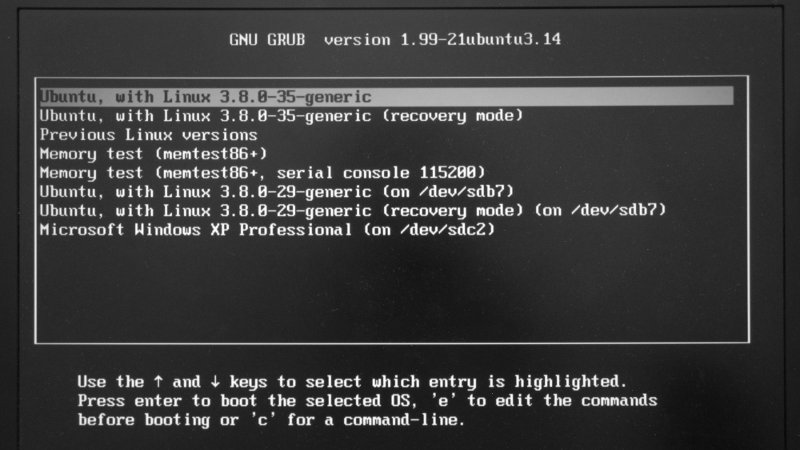
- Accessing BIOS/UEFI Settings: If you can’t access a boot menu or if you wish to change the boot order permanently, enter the BIOS/UEFI settings by pressing the designated key during startup (commonly Delete, F2, or F10). Navigate to the boot order settings and prioritize your USB drive.
Step 4: Select Your USB Drive
- In the Boot Menu: Use the arrow keys to navigate to your USB drive listed in the boot menu. It might be labeled as “USB Storage Device,” “Removable Drive,” or might include the brand name of your USB or the name of the Linux distro. Press Enter to select it.
- In BIOS/UEFI Settings: If you’re setting the boot order, ensure your USB drive is set to be the first boot device. Save your changes and exit. Your computer will restart and attempt to boot from the USB drive.
Step 5: Boot into Linux from the USB Drive
After selecting the USB drive as your boot device, your computer will start the boot process from the USB drive. This might launch a live session of the Linux distro or an installation setup, depending on what you’ve prepared the USB drive for. Follow any on-screen instructions to proceed with your intended action, such as installing Linux or running a live session.
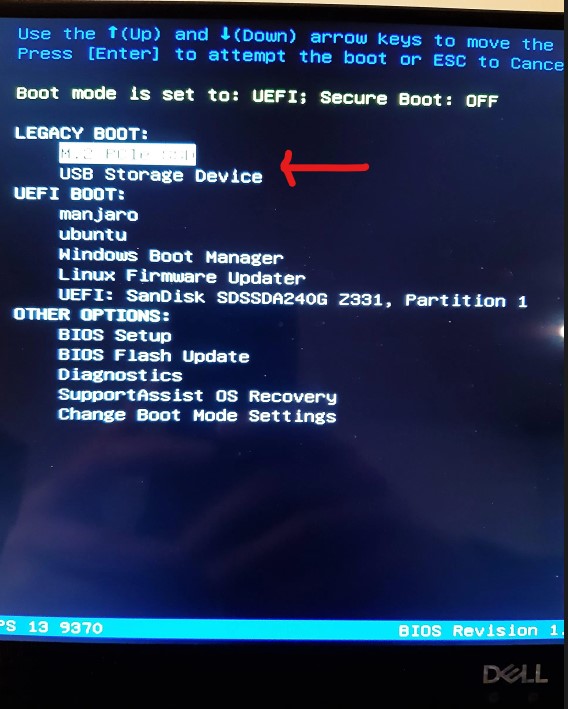
Troubleshooting Common Issues on Booting From USB
Booting from a USB drive is a straightforward process, but it’s not uncommon to encounter issues along the way. Whether you’re dealing with a “USB boot not recognized” error or facing challenges with Secure Boot settings, this guide will help you troubleshoot common problems encountered when trying to boot from USB on various operating systems. Here, we’ll cover step-by-step solutions incorporating relevant keywords to ensure a comprehensive understanding.
Issue 1: USB Device Not Recognized or Not Showing in Boot Menu
Step 1: Check USB Format and Partition Scheme
- Ensure your USB drive is formatted with a file system and partition scheme compatible with your target operating system. For instance, FAT32 is widely supported for booting but has a 4GB file size limit. NTFS or exFAT may be required for larger files, particularly for Windows installations.
Step 2: Verify USB Bootability
- Not all USB drives are immediately bootable. Confirm that your USB drive has been properly prepared with bootable media. Use tools like Rufus, UNetbootin, or the Windows/Mac/Linux OS media creation tool to create a bootable drive.
Step 3: Try Different USB Ports
- Some computers may not boot from USB 3.0 ports. Try connecting your USB drive to a different port, especially if you’re using an older computer. USB 2.0 ports are more universally compatible for booting purposes.

Issue 2: Secure Boot Preventing USB Boot
Step 1: Access BIOS/UEFI Settings
- Restart your computer and enter the BIOS/UEFI settings by pressing the designated key during startup (commonly F2, F10, Del, or Esc).
Step 2: Locate Secure Boot Settings
- Navigate through the BIOS/UEFI settings and find the Secure Boot option. It’s often located under the “Security”, “Boot”, or “Authentication” tab.
Step 3: Disable Secure Boot
- Select the Secure Boot option and change its setting to Disabled. Note: This action might require setting an administrator password if one hasn’t been set already.
Step 4: Save Changes and Exit
- Save your changes and exit the BIOS/UEFI settings. Your computer will reboot, and you should now be able to boot from the USB drive.
Issue 3: Incorrect Boot Order
Step 1: Access BIOS/UEFI Settings
- As with disabling Secure Boot, restart your computer and enter the BIOS/UEFI settings.
Step 2: Adjust Boot Priority
- Look for a “Boot” or “Startup” tab. Here, you’ll find the boot order sequence. Use the instructions provided in your BIOS/UEFI to move your USB drive to the top of the list, giving it boot priority over other devices.
Step 3: Save and Exit
- After adjusting the boot order, save your changes and exit the BIOS/UEFI. Your computer will restart, attempting to boot from the USB drive first.
Issue 4: Legacy vs. UEFI Boot Mode Conflict
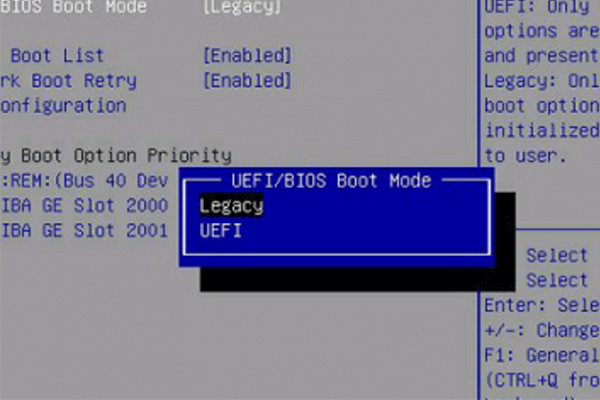
Step 1: Determine Your Boot Mode
- Check if your USB drive is prepared for UEFI or Legacy BIOS mode. This information is usually provided in the documentation of the operating system or tool you’re using.
Step 2: Access BIOS/UEFI Settings
- Restart your computer and open the BIOS/UEFI settings.
Step 3: Select Appropriate Boot Mode
- Navigate to the boot options and select either UEFI or Legacy/CSM Boot Mode to match your USB drive’s preparation. UEFI is more modern and secure, but some older USB drives may require Legacy mode.
Step 4: Save Changes and Reboot
- Save your BIOS/UEFI settings changes and attempt to boot from the USB drive again.
Troubleshooting booting from USB issues can often be resolved by checking compatibility and settings within your computer’s BIOS/UEFI. By following these detailed steps, you can identify and fix common problems, ensuring a successful boot from your USB drive.
Why Boot from USB?
Booting from a USB drive is not just a workaround for missing CD/DVD drives in modern computers; it’s a versatile solution that addresses several critical computing needs. Let’s delve into the reasons why booting from a USB drive has become a popular choice among tech enthusiasts, IT professionals, and everyday users alike.
Portability and Convenience
One of the most significant advantages of bootable USB drives is their portability. Unlike traditional hard drives or CD/DVDs, USB drives are compact, easy to carry, and can be used across multiple devices.
Recovery and Troubleshooting
When a computer fails to boot due to software errors, virus infections, or system corruption, a bootable USB drive becomes a powerful tool for recovery. Users can boot from a USB drive containing recovery tools or a fresh operating system installation to repair or reinstall software without affecting existing data.
Testing and Safe Computing
Bootable USB drives offer a sandbox environment for testing new operating systems, applications, or settings without risking the stability of the main system. By booting from a USB, changes are contained within the drive, and the primary storage remains unaffected.
Installation Flexibility
With the gradual phasing out of optical drives in modern computers, USB drives have become the de facto medium for installing new operating systems. They provide a faster, more reliable method for installation compared to traditional CD/DVD media.
Speed and Efficiency
Modern USB drives, especially those supporting USB 3.0 and newer standards, offer significantly faster data transfer rates compared to their optical counterparts. This speed translates to quicker boot times, faster software loading, and a more responsive computing experience when running live systems or applications from USB drives.
Security and Privacy
Booting from a USB drive can also enhance security and privacy. Users can carry a secure operating system with encryption and advanced privacy tools on a USB drive, ensuring their computing environment is safe and isolated from potentially compromised machines.
Customization and Specialized Tools
Bootable USB drives can be customized to include specialized tools and utilities tailored to specific tasks, such as data recovery, system diagnostics, and network analysis.
Conclusion
Booting from a USB drive is a powerful technique for running alternative operating systems, performing recoveries, or simply testing new environments without altering your main system. By following this guide, you should be able to create a bootable USB drive and start your system from it across various operating systems.

![How to Pause Location on Find My iPhone Without Them Knowing? [2024] 29 how to pause location on find my iphone](https://izood.net/wp-content/uploads/2024/10/How-to-Pause-Location-on-Find-My-iPhone-Without-Them-Knowing-400x300.png)


![How To Inspect Element on iPhone [4 Methods] 32 how to inspect element on iphone](https://izood.net/wp-content/uploads/2024/10/how-to-inspect-element-on-iphone-3-400x300.png)


